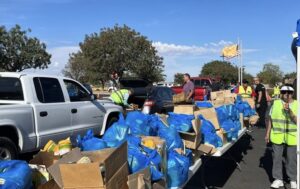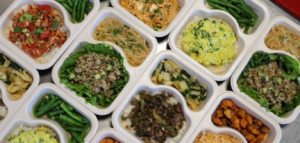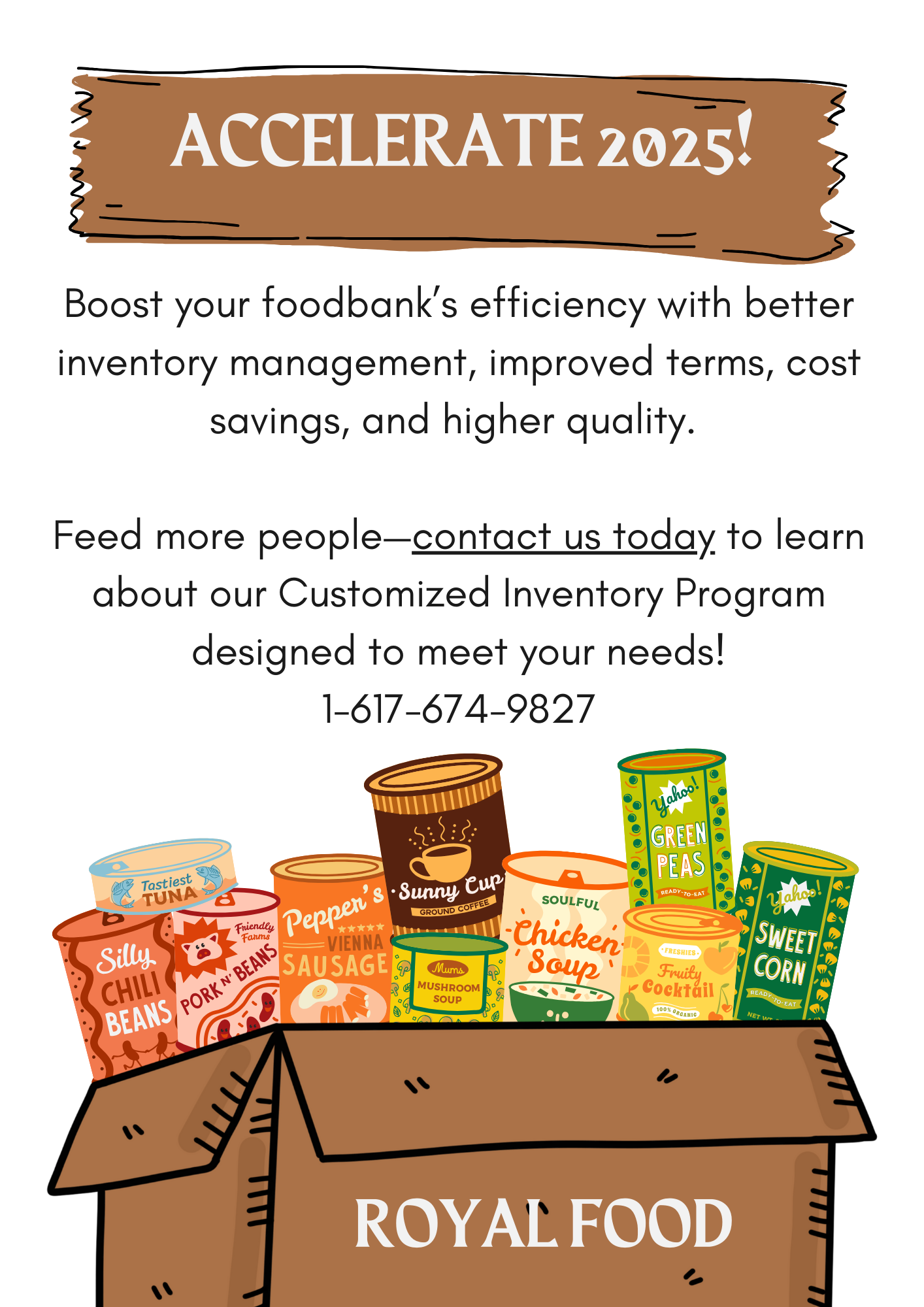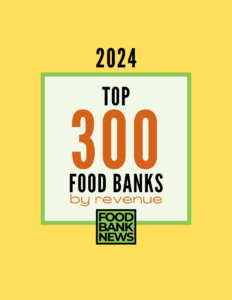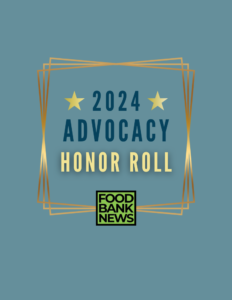Some food banks, recognizing the heavy burdens faced by some LGBTQ people, are taking extra steps to help this population feel welcome at food distributions.
The LGBTQ community faces a food insecurity rate of 27%, according to an April report from The Williams Institute, a researcher on gender identity law. That’s more than double the national (pre-Covid) rate.
In addition, challenges including concerns of discrimination from pantries and a lack of traditional family support systems can make it harder for LGBTQ people to access charitable food resources. In a June Williams Institute report, 14% of LGBTQ said they avoided going to a faith-based food pantry because of the stigma raised by their gender identity.
“We’re very aware that some places aren’t as open to everyone,” said Lorrie Clevenger, WhyHunger’s Director of US programs.

For that reason, WhyHunger is adding information to its database of more than 32,000 food providers to indicate pantries that are welcoming to LGBTQ clients. The Find Food feature on WhyHunger’s website includes more than half the estimated 60,080 emergency food providers in the country.
“We’re working on figuring out ways to identify places that would be safe for someone who identifies as LGBTQ to go and know that they’re not going to be turned away, or be treated in a way that is disrespectful,” Clevenger said.
Similarly, Oregon Food Bank has evaluated its partners to identify those that are committed to accepting and standing up for people who may be discriminated against based on their gender expression. It also created a sticker that can be hung in the windows of affirming agencies, so LGBTQ people can better identify where they are welcome.
Both the Food Bank for New York City and SAGE, an NYC-based organization providing services to older LGBT adults, have also identified pantries that LGBTQ clients can safely visit.
Certain hardships that LGBTQ people face make them more prone to food insecurity. “Their lives are very different than their heterosexual peers,” said Steven Wilkinson, Senior Director of Programs and Services at SAGE, which is a partner of the Food Bank for New York City.
Wilkinson notes that support systems for older LGBT adults are different because they are four times less likely to have children and twice as likely to grow old living alone compared to older non-LGBT adults.
“Their support networks aren’t vertical. There is a more horizontal support network in the community and that’s where these centers play such a role,” Wilkinson said of the need for community food providers.
The most recent Williams Institute study, which examined the food insecurity experiences of 93 low-income LGBTQ residents in Los Angeles and Kern County, underscored this need, finding that participants across all income levels “sought out and discussed” food banks and pantries regardless of their eligibility for SNAP.
However, shame and rejection were described as being notable deterrents to utilizing such resources. While shame is experienced among LGBTQ and non-LGBTQ adults alike, the fear of rejection may be acute for people identifying as LGBTQ, especially when visiting religiously affiliated charitable food services. Some participants mentioned being expected to pray when accessing food services, while another described being mistreated.
“Given these experiences, it is not surprising that some participants said they avoided certain food banks (pantries) to avoid potential anti-LGBT bias,” the study said.
SAGE serves meals at five locations throughout New York City, though currently they are closed due to the pandemic. Typically, SAGE takes steps, especially in terms of service registration, to help LGBTQ feel comfortable. For example, requiring an identification for registration can be difficult for people who are transgender because their ID cards don’t always match where they are in their gender expression.
Intrusive questioning about family life and assumed spouses can also be deterring cues for people. “We’ve learned that you ask the question in an open way,” Wilkinson said.
Increasingly, pantries and food banks would like to remove the type of stigma described by one 27-year-old participant in the Williams Institute who has a visibly transgender partner: “In general, people are pretty nice but there is also that sort of visible recoiling when we go places together. … That can be rough when you’re going to a place already asking for food.” — Feven Merid
Feven Merid is a freelance reporter and recent graduate of Columbia’s School of Journalism Master’s Program where she specialized in print and audio. Feven has previously been published in Documented, The Uptowner and Columbia University’s Library Podcasts.
CAPTION ABOVE: Sage, a partner of Food Bank for New York City, avoids intrusive questioning when it registers LGBT clients for services.
Like what you’re reading?
Support Food Bank News

